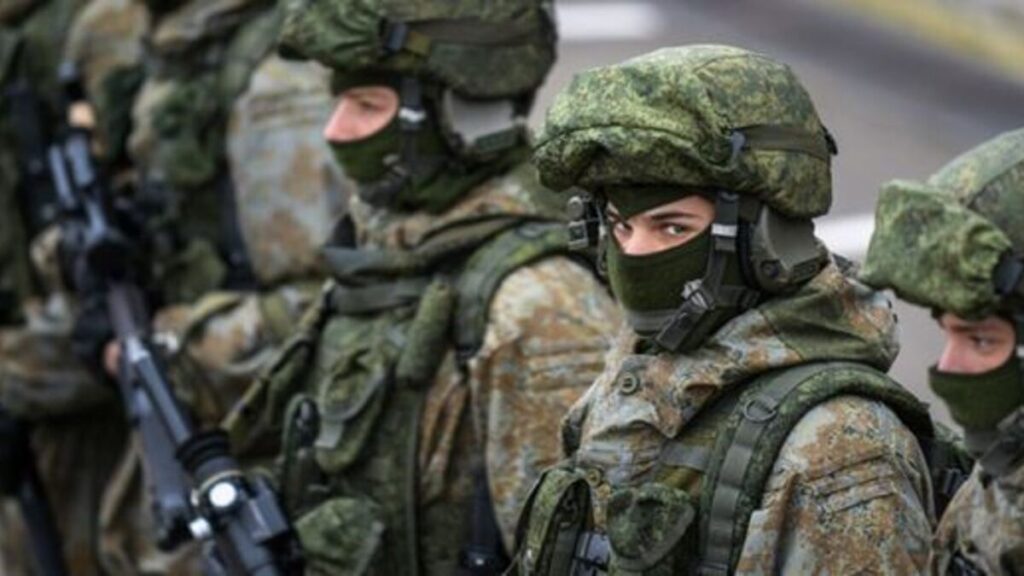
In the depths of the Arctic, US troops are undergoing training to carry out demanding and high-pressure artillery operations in extreme cold-weather environments. Soldiers have highlighted the difficulties arising from freezing temperatures, severe weather conditions, and unpredictable ground conditions during their training, as reported by Business Insider.
“There’s a lot more that goes into it, especially in the Arctic environment, than the rest of the world,” said Sgt. First Class Zachary Poole to Business Insider.
Artillery plays a crucial role in suppressing enemy defenses and disrupting advances, making it indispensable for soldiers in battle. As a result, gun crews ensure that they complete their tasks regardless of the challenging conditions.
At US Army Pacific’s third annual Joint Pacific Multinational Readiness Center training event near Fairbanks, Alaska, soldiers from the 11th Airborne Division, along with international allies and other partners, participated in large-scale war exercises. They trained extensively to survive and engage in combat in the challenging Arctic environment.
ALSO READ: US Army Cuts Off Free Storage Benefit From Deployed Soldiers
In the sky, the training exercise encompassed a 150-mile attack helicopter deep strike and paratrooper missions involving jumps from aircraft and snow landings. On the ground, troops navigated challenging terrain in harsh conditions, hauling heavy artillery pieces across frozen and uneven snow to firing positions.
The process demanded meticulous attention to detail. One afternoon, as the temperature climbed to around six degrees Fahrenheit, soldiers humorously remarked that it felt like spring. Vicious winds had blown much of the snow across the open fields, revealing dead weeds and frozen mud.
However, the forests presented a different challenge. In some areas, the snow could be several feet deep, and soldiers had to be cautious not to fall into hidden holes between the trees. USARPAC commander Charles A. Flynn informed BI that USARPAC has placed a priority on training in both the Arctic and tropical jungle areas.
POLL—Should the U.S. Government Create a Path to Citizenship for Undocumented Immigrants?
These environments are viewed as critical for US Army soldiers in the Pacific to be ready to engage in combat. Tensions in the Indo-Pacific region is often elevated, underscoring the importance of preparedness.
The Pacific region encompasses diverse climates, temperatures, and terrains, along with numerous US allies and potential adversaries. Flynn highlighted the importance of enhancing readiness in the region.
This, through joint training with allies, as the most effective response to China’s escalating aggression. Additionally, the actions of Russia and North Korea contribute to heightened tensions in the area.
US Army leaders stated that last month’s extensive JPMRC training rotation in Alaska pushed over 8,000 service members to push their limits and capabilities.
ALSO READ: Controversy Erupts As U.S. Army Anti-Woke Ad Fuels War Talks
It provided them with the opportunity to innovate in an unpredictable environment and acquire skills on how to effectively fight, survive, and thrive in such conditions.
Part of this training focused on ensuring that ground forces can efficiently and rapidly maneuver, deploy, fire, and dismantle artillery pieces such as Howitzers, irrespective of the terrain or environment they encounter.
According to Poole, the primary challenge in the Arctic is managing the terrain, as any snow accumulation of about a foot or more typically necessitates clearance for operations.
You Might Also Like:
Charging EVs Now Cost An Equivalent of $17 Per Gallon: Are They Still Worth the Hype?
Taylor Swift Singapore Show Steals Spotlight at Southeast Asia Political Summit
Joe Biden Humiliated After Republicans Debunk Claims of “Lowering Prices”
Ohio Police Finds Postal Worker Shot Dead in His Mail Van, Says It’s a Targeted Attack
Should Special Counsel Jack Smith Throw In the Towel in the Trump Case?
